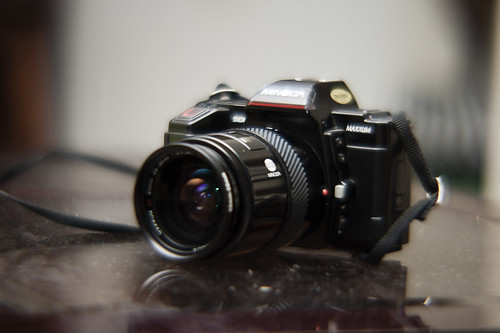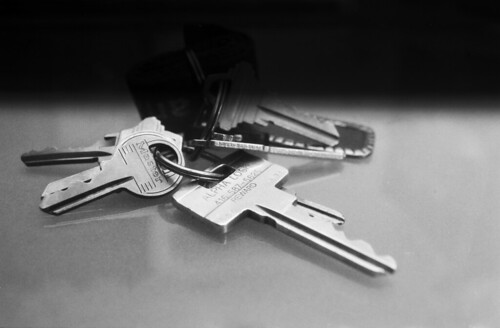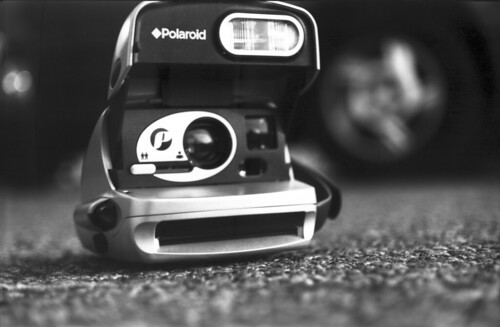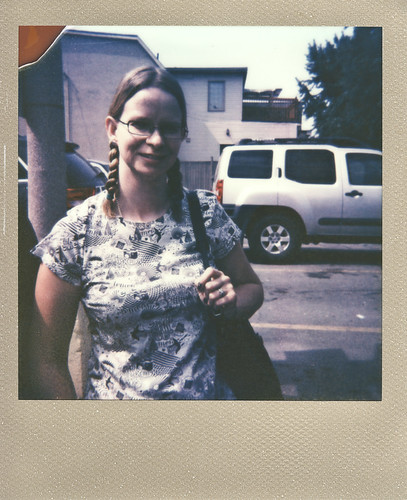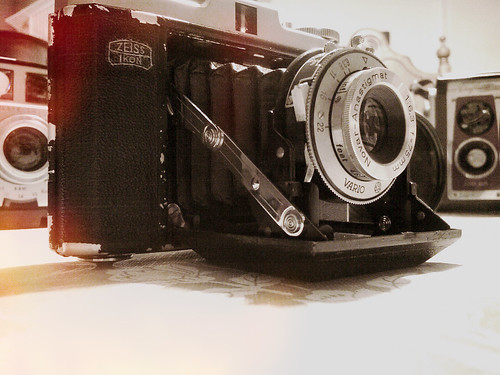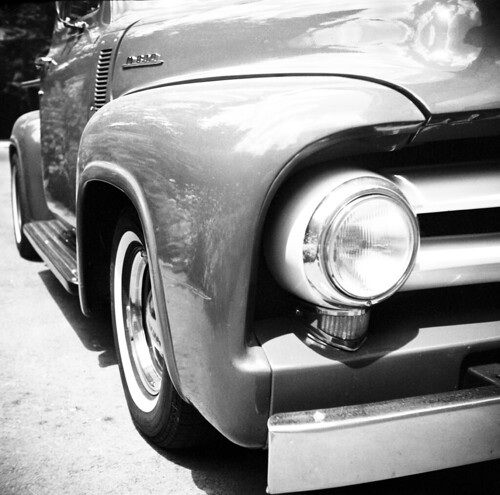 When you hear about the discontinuance of films, like Fuji Neopan 1600, or Kodak Ektachrome, heck even Fuji FP100B film being discontinued, it hurts.
Yet, Fujifilm is still releasing INSTANT cameras. From the Venerable Instax WIDE to the INSTAX Minis, they continue to manufacture instant cameras and film.
When you hear about the discontinuance of films, like Fuji Neopan 1600, or Kodak Ektachrome, heck even Fuji FP100B film being discontinued, it hurts.
Yet, Fujifilm is still releasing INSTANT cameras. From the Venerable Instax WIDE to the INSTAX Minis, they continue to manufacture instant cameras and film.
I picked up a Instax Mini 50s for a decent price, considering what they are going for used online, such as EBAY, or even Kijiji/Craigslist. The big difference is that this is new. In Box, unused, untouched by human hands (err, not really as it was a display model). But it is new, with a full manufacturer warranty!
In actuality, I purchased this camera solely for my wife to use, as she has been wanting this one for a while. So I gladly obliged picking it up for her. I can see the increase in "Selfies" while she is working, but she pretty much does that anyway with her cell-phone. This time it'll mean she's, at least, using film!
Back to the camera. This is a sleek looking little body, with a Piano black glossy finish, triple shutter releases, one for Portrait, one for Landscape, and one for SELFY, fill flash for backlit situations, and even a ±2/3 EV (darken/lighten). It's a FIXED Focus (mostly) that will focus from 0.3m to 3m, and with the press of a button, will focus from 3m to INF.
It is not exactly a small camera, even with the MINI name, and won't fit into anything but a large pocket, or a big(ish) handbag.
The lens is decent, considering it's a doublet lens, but then again, Kodak used a Doublet on many of their cameras, such as their TwinDAR lens. It was a basic doublet lens which usually allowed the possibility of focusing. For instance, the Kodak Brownie Bullseye 6x9 Bakelite camera used a Kodak TWINDAR lens.
The two ViewFinders (Portrait or Landscape) are okay, but can be a bit difficult to use as they are small. The film is very easy to load, and the film is ejected from the camera at the top/side, depending on the orientation of the camera. There is a TRIPOD socket for use at slow-speeds when shooting landscapes in low(ish) light.
All in all, this is a very nice camera, which will bring much enjoyment to the instant photgrapher.

Quick Specs;
Fuji Instax 50s Mini
60mm ƒ/12.7 Fujinon Lens
1/4s - 1/400s Auto-Select shutter
Fuji Instax 800ISO Instant Print Film (10 pack)
Multi-Shutter Release (Portrait/Landscape/Selfy)
Fill-Flash AUTO/ON/OFF
Close-up Lens attachment (Focusing at 30cm)
±2/3 EV Darken/Lighten Button
Tripod Socket
10s Self-Timer
